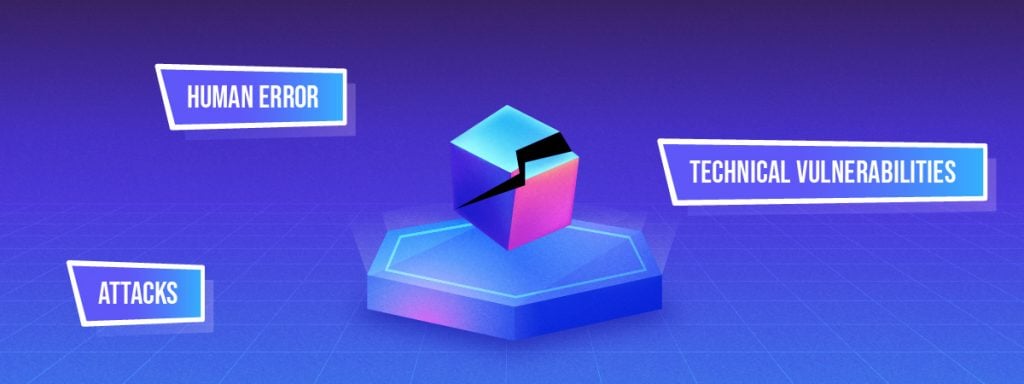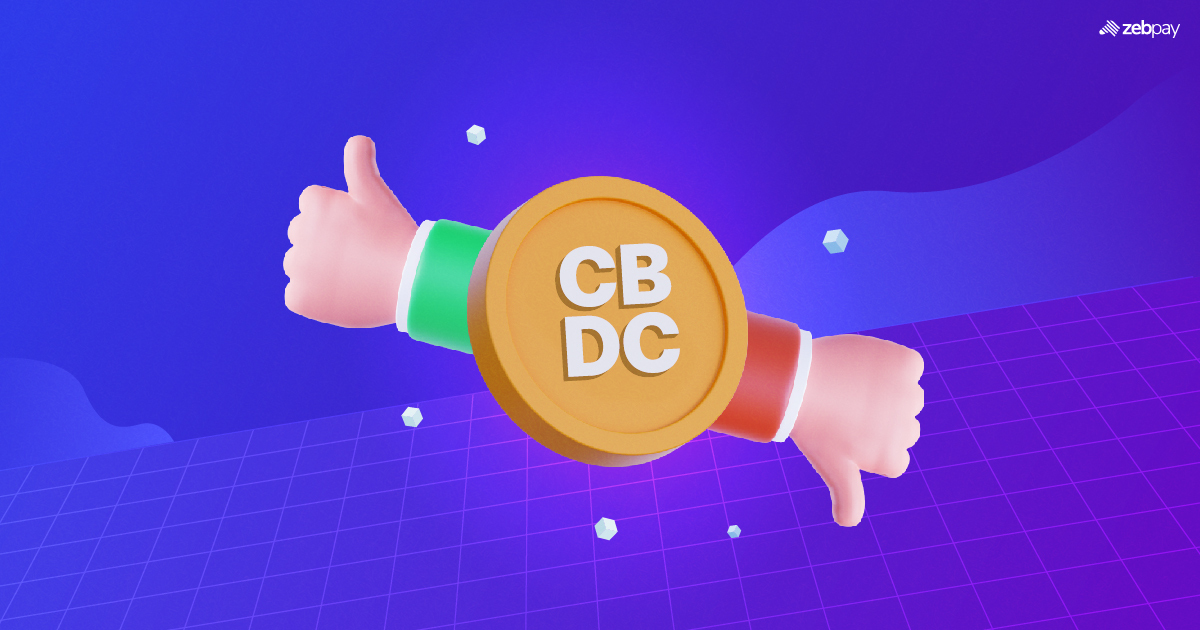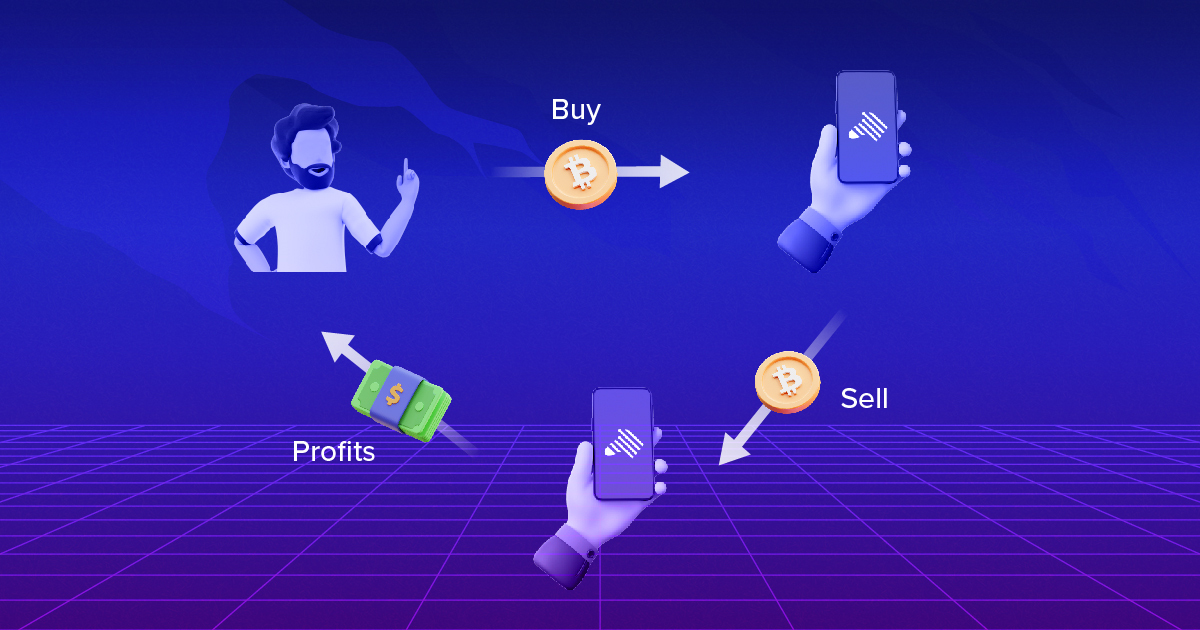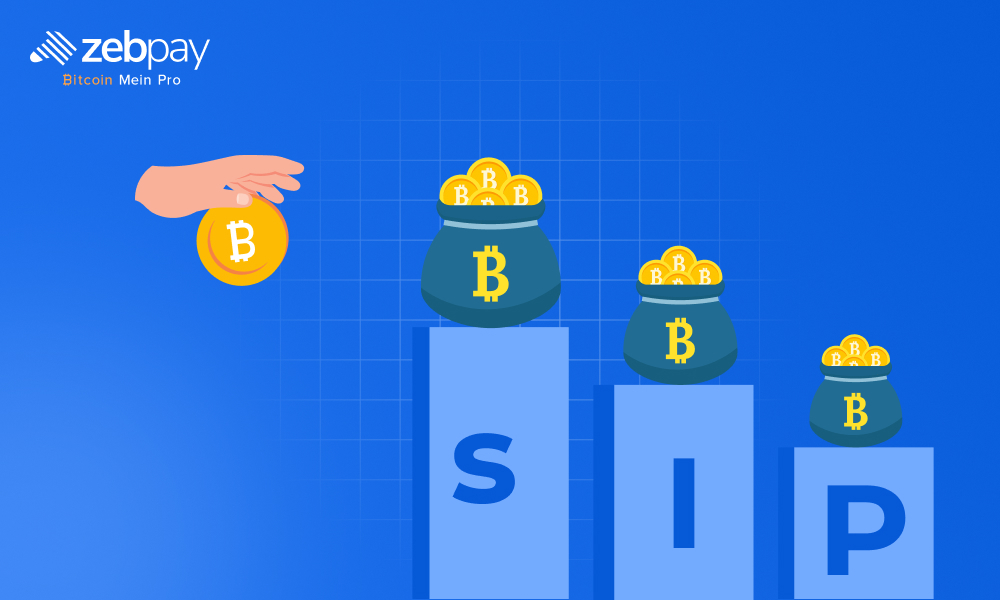Have you ever wondered what would happen if a network like Bitcoin or Ethereum went down? One of the key features of blockchain is its resilience, as it does not have a single point of failure. However, like any technology, blockchain is not immune to failures or vulnerabilities. So can blockchain tech break and what causes it to break?
Introduction to Blockchain and Its Resilience
Blockchain technology has revolutionised the way we conduct transactions and share information. It is a decentralised and distributed ledger that operates on a network of computers, eliminating the need for a central authority. This unique feature has made blockchain highly resilient and resistant to single points of failure.
Unlike traditional systems where a single server or institution holds all the data, blockchain ensures transparency, security, and trust. Each transaction or piece of information is stored in a block, which is linked to previous blocks, forming an immutable chain of data. This means that once a transaction is recorded on the blockchain, it cannot be altered or tampered with, ensuring the integrity of the system.
Read more: What Are Blockchain Layers
The decentralised nature of blockchain means that there is no central server that can experience technical failures that bring down the entire system. Instead, the blockchain network is spread across multiple computers, called nodes, which participate in the blockchain. This distributed network ensures that even if some nodes go offline, the blockchain continues to function without disruption.
Exploring the Possibility of Blockchain Failure
While blockchain has proven to be a robust technology, it is essential to acknowledge the possibility of failures. Blockchain networks can experience disruptions due to various factors, such as technical vulnerabilities, human errors, malicious attacks, or natural disasters. These failures can have significant consequences and impact the functioning of blockchain-based systems.
Blockchain Vulnerabilities and Risks
Identifying Vulnerabilities in Blockchain Systems
Blockchain systems are vulnerable to several weaknesses that can be exploited by attackers. One of the vulnerabilities lies in the code itself, as bugs or flaws in the smart contracts or blockchain protocols can lead to unintended consequences. Additionally, vulnerabilities can arise from poor implementation practices or inadequate security measures.
Common Attack Vectors and Exploits
There are several common attack vectors that can compromise blockchain systems. One such vector is the 51% attack, where a malicious entity gains control and manipulates the consensus mechanism. Other attacks include crypto DDoS attacks, Sybil attacks, and crypto phishing attacks that target individual users.
Threats to Blockchain Integrity and Consensus
Maintaining the integrity and consensus of a blockchain network is crucial. However, threats such as double-spending, where a user spends the same crypto more than once, can undermine the integrity of the system. Additionally, if a blockchain network becomes fragmented due to a fork, it can break down consensus.
Read more: Advantages and Disadvantages of Blockchain
Implications of Blockchain Failure
The failure of a blockchain network can have wide-ranging implications. Financial transactions relying on blockchain technology could be disrupted, leading to financial losses and a loss of trust in the system. Smart contracts, which automate and enforce contractual agreements, may not function as intended, causing legal and financial complications. Moreover, industries that have embraced blockchains, such as supply chain management or healthcare, could experience delays or breakdowns in their operations.
Causes of Blockchain Breakdowns

Technical Vulnerabilities
One possible cause of blockchain breakdowns is technical vulnerabilities. If a flaw or bug in the code goes undetected, it can be exploited by attackers, compromising the integrity and functionality of the blockchain network.
Human Error
Human errors can also contribute to blockchain failures. Mistakes in writing smart contracts, misconfigurations in the network settings, or accidental deletion of important data can lead to blockchain system breakdown.
Attacks
Malicious attacks pose a significant risk to blockchain networks. Whether it’s a targeted attack on a specific user or a large-scale attack on the entire network, the consequences can be severe. Attackers may aim to gain financial advantages, disrupt operations, or undermine trust in the blockchain technology itself.
Responses to Blockchain Network Failure
To mitigate the impact of blockchain failures, several responses can be adopted. Firstly, maintaining regular backups of the blockchain data can ensure that information can be recovered in case of failure. Implementing robust security measures, such as encryption and multi-factor authentication, can help protect against attacks. Additionally, creating redundancy in blockchain networks can minimize the impact of a single point of failure.
Future Developments and Lessons Learned
Blockchain technology continues to evolve, and lessons learned from failures contribute to its improvement. Developers are working on addressing vulnerabilities, enhancing security measures, and improving the efficiency of blockchain networks. Incorporating fail-safe mechanisms and redundancy into the design of blockchain systems can increase their resilience. Furthermore, collaboration among industries, sharing knowledge and best practices, can help create a stronger ecosystem for blockchain technology.
Read more: Blockchain vs Cryptocurrency
Conclusion
While blockchain technology has shown resilience and security, we must recognise the possibility of failures and vulnerabilities. If a blockchain fails, it can have significant consequences for financial transactions, smart contracts, and industries. To create stronger and more dependable blockchain networks, we need to understand the causes of failures and address them appropriately. Ongoing development, adaptation, and collaboration within the industry are vital in shaping the future of blockchain.
You can read more about Crypto, Blockchain and Web 3.0 on ZebPay Blogs. Click on the button below and join the millions trading on ZebPay.






